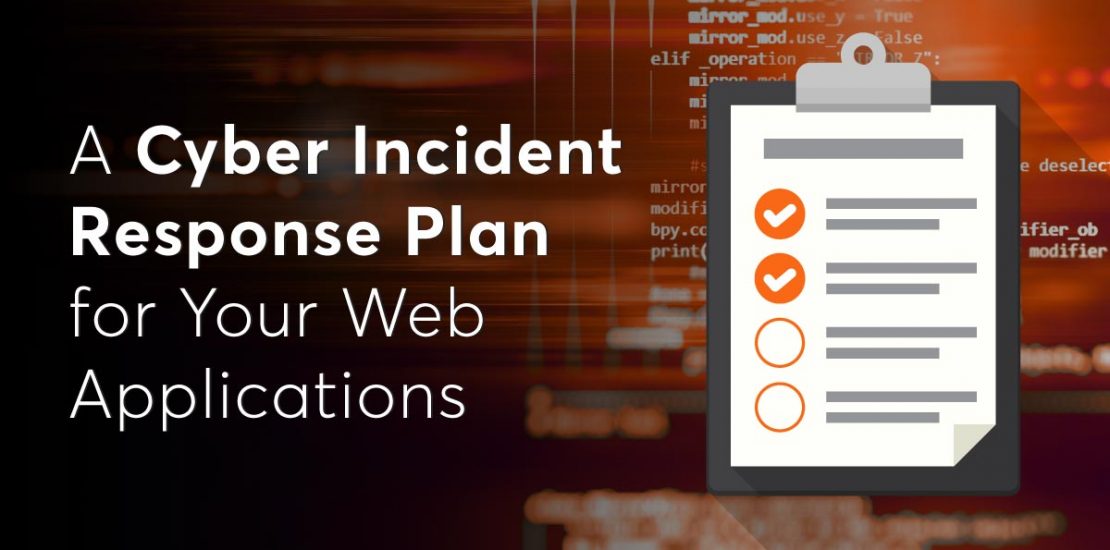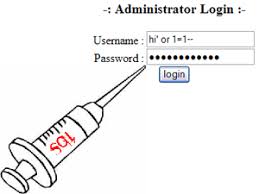- August 10, 2023
- Posted by: team SOUTECH
- Category: Blog, Cyber-security and Ethical Hacking Training, Others, Technologies

An incident response plan is a documented strategy that outlines the steps and procedures to be followed when responding to a cybersecurity incident or breach. It helps organizations effectively detect, contain, eradicate, and recover from security incidents, minimizing the impact and downtime.
Case Study: A financial institution recognizes the need for a comprehensive incident response plan. They assemble a cross-functional incident response team consisting of IT, security, legal, and communications personnel. The team develops an incident response plan that covers incident identification, response procedures, and communication channels. The plan undergoes regular testing and refinement based on tabletop exercises and ongoing reviews to adapt to emerging threats.
Step-by-step instructions:
1. Establish an incident response team: Identify key stakeholders within the organization who will be responsible for handling security incidents. This may include representatives from IT, security, legal, communications, and management.
2. Define incident response goals and objectives: Determine the objectives of the incident response plan, such as minimizing the impact of incidents, ensuring the continuity of operations, preserving evidence for investigations, and restoring normal operations.
3. Identify potential security incidents: Conduct a comprehensive risk assessment to identify potential security incidents that the organization may face. Consider common incident types, such as malware infections, data breaches, unauthorized access, or denial-of-service attacks.
4. Develop an incident response plan:
a. Create an incident response policy that outlines the organization’s commitment to incident response and defines roles and responsibilities.
b. Document incident response procedures, including steps to be followed during incident identification, containment, eradication, recovery, and post-incident analysis.
c. Define communication channels, both internal and external, for reporting and escalating incidents.
5. Test and validate the incident response plan:
a. Conduct tabletop exercises to simulate different types of security incidents and evaluate the effectiveness of the response plan.
b. Identify any gaps or areas for improvement and refine the incident response procedures accordingly.
6. Train and educate personnel:
a. Provide training sessions and resources to the incident response team and other relevant personnel on their roles, responsibilities, and the incident response plan.
b. Conduct awareness programs to educate employees about incident reporting procedures and their role in incident response.
7. Review and update the incident response plan:
a. Regularly review the incident response plan to ensure its relevance and effectiveness.
b. Incorporate lessons learned from real incidents, industry best practices, and changes in the organization’s infrastructure or threat landscape.




